The crackle and pop that mangroves make on a falling tide has faded astern, and the sounds of wind and open water surround me. I’m reclined aboard a Ross Lillistone First Mate, embarked upon another Friday-evening solo micro-cruise, to Outer Newry Island, just off Australia’s Queensland coast, the kind of outing the boat is admirably suited for. Rigging it is a quick, one-person job, and I was on the water minutes after arriving at the ramp. I have a brisk breeze for a quick passage, and in barely an hour I’ll be tucked in behind the island to enjoy the last of the daylight, a rising full moon, and a comfy night’s sleep. An easy dawn sail (or more likely, row) will get me home before the family has stirred much beyond breakfast. These brief overnight getaways give me the feeling I’ve been on a proper trip, and I still have most of the weekend ahead.Of the various sailboats I’ve owned over the years—the largest a 26′ Folkboat and the smallest a lovely 11-1/2′ Bolger Cartopper—the 15′ First Mate is by far the most versatile. For me, it has been the answer to the Goldilocks Equation: not too large, not too small, just right, The younger sister of Ross Lillistone’s Phoenix III, it has the same interior and the same rigs, but has been adapted from glued-lap plywood to a stitch-and-glue, taped-seam construction that is robust, elegant, and easy to build.The search for a boat to build, which ultimately led me to the First Mate, started with a list of requirements. The boat had to have straightforward construction that is quick and economical. At the launch ramp it had to be quick and easy to rig, launch, and retrieve singlehandedly. Afloat, it had to be, above all, a rewarding boat to sail, but also a pleasant and capable rowing boat serving as a comfortable cruiser able to look after itself and the crew. And I required, of course, elegant good looks. In the First Mate, Ross achieved all of this in spades.
Join The Conversation
We welcome your comments about this article. If you’d like to include a photo or a video with your comment, please email the file or link.

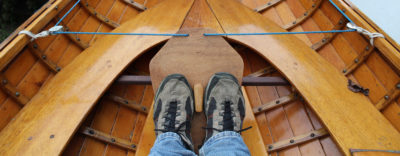
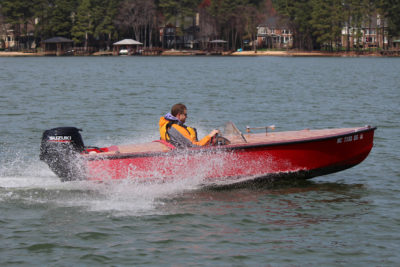
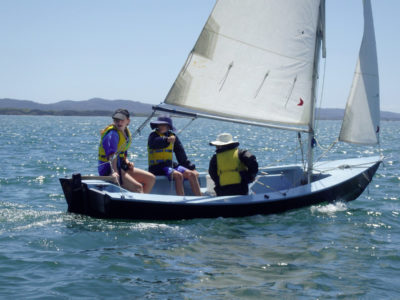
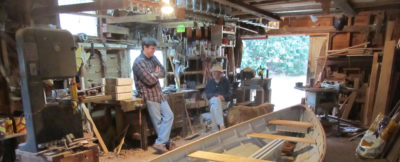
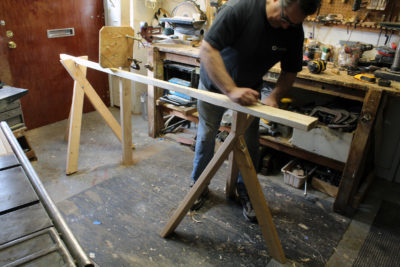
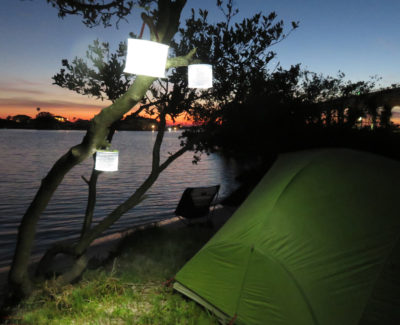
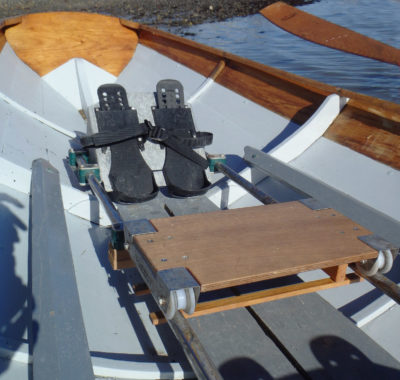
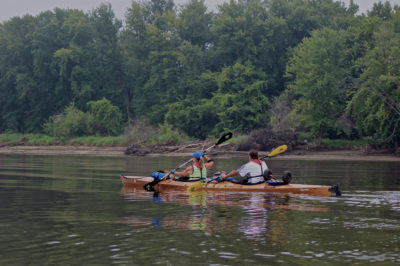
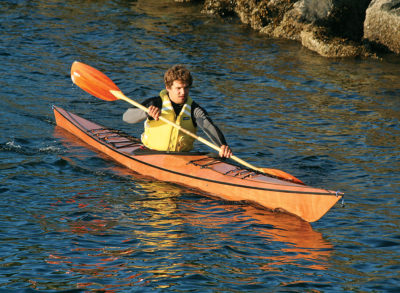
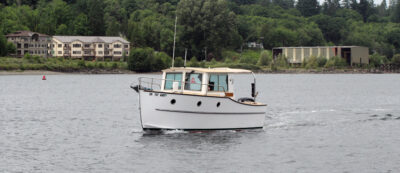
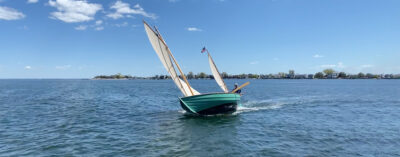
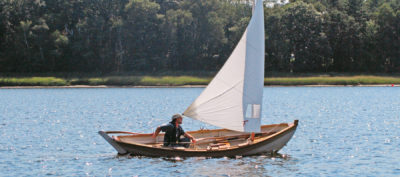
Very interesting boat. Do you happen to know if as well as being simpler, she also comes out lighter than Phoenix III?
Marc, I’ll leave that for Ross to answer. My completed Phoenix III minus rig and rudder weighed 84kg. I did not consciously try to build for light weight. Any difference with First Mate would not be great, IMHO. They are, after all, sister ships!
Al Burke is correct. There is less than 1% difference in ply volume between the two boats – any weight difference will be due to materials used e.g. higher or lower density plywood and timber, glass, epoxy, and so on.
A most enjoyable introduction from Ian to a popular and very useable oar-and-sail boat designed by Ross Lillistone. As well as the Sprit and Bermudian rigs shown above and the balance lug in the photos and video, First Mate can also be rigged with the balance lug alone, or set as a standing lug with a 15.5-sq.-ft. jib set flying for light breezes. Ross has also drawn a Gunter rig.
I got in touch with Ross and he sent his detailed drawing of the gunter-sloop rig along with the note:
“Any new plan sets which go out will have the gunter rig included. Anybody who wants them to add to plans purchased previously can email me for a free drawing.”
A simplified drawing of the rig is included above.
Christopher Cunningham, Editor
Self bailers – can you post a pic of how these were fitted? Thanks.
The installation of the bailer for the First Mate is the same as it is for the Periwinkle. The two photos here are taken from the Periwinkle Gallery on my web site.
Ross, I bought a pair of those for my Phoenix 111 but have not installed them. Is there a minimum speed the boat needs to be doing before these little suckers start to extract water? I seem to remember dinghy racing sailors spoke of 4 knots, but that may have been for suckers of a different design. If the wind wave swells on the lake where I usually sail are not too big and the weather is not too wild, I don’t mind a couple gallons of water rolling around down on the lee floor.
https://smallboatsmonthly.com/wp-content/uploads/2018/03/FirstMateCockpitPS0351web-1-800×622.jpg
“A line keeping the yard and boom from swinging has taken up residence in the motor well.”
That line is the sheet right?
The sheet is the line running through the two blocks and appears as a pair of lines on a diagonal. The near vertical line with its tail end in the motor well is the one keeping the dropped sail and spars from swinging. It’s not used for sailing.
Editor
Looks like the sheet to me. There’s no knot at the end of the boom for the line you say is not used for sailing. They rove the sheet fully through the two blocks on the boom to a point aft of the mast where they bailed the yard, boom, and sail with a half hitch and wrapped the bundle back to the end of the boom. The tension on the traveler thus developed when they secured the sheet to the starboard stern cleat. That’s what keeps the boom, yard and sail from swinging.
You’re quite right, John. I took a close look at the original hi-res photo and got a better sense of what was going on. The line in the well is the main sheet after it went forward to bundle the sail and then come aft again. Thanks for making the correct identification.
Editor